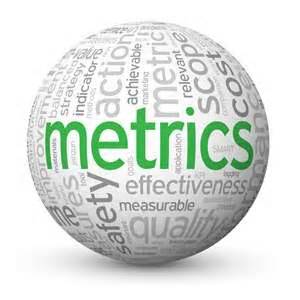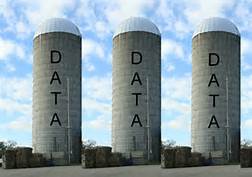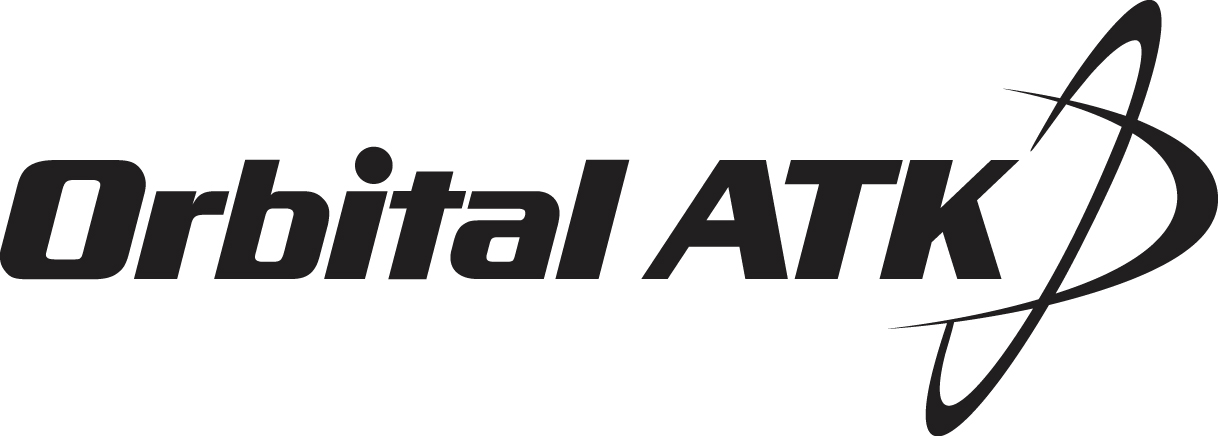How Technology Has Changed What We Measure
The two areas of my working world are embracing technology like never before: Marketing and manufacturing. While digital content and automated technologies gave birth to the modern marketer, a more real-time, digitally connected enterprise is driving modern manufacturing strategies like the Factory of the Future, Smart Manufacturing and Industry 4.0 – all of which are grounded in Demand-Driven Manufacturing methods.

This got me thinking. In both worlds, technology is not only changing our strategies, processes and behaviors, it’s changing what and how we measure.
Eight or so years ago, a dramatic shift began occurring in marketing as a result of a more Internet-enabled and digitally connected market. With greater access to information, today’s buyers are better informed; they do their due diligence before even contacting vendors. In fact, some say that up to 70% of the buying process is complete before the buyer even engages with a salesperson.¹ As such, more marketers have embraced inbound, or pull-based strategies that drive quality engagement (visits, downloads, clicks, views, likes/follows, etc.) based on meaningful, relevant content.
Nurturing, tracking and analyzing that engagement – and discovering behavior patterns – is where technology comes in. Today’s modern marketer may have a toolbox of technologies, including, a marketing automation system (MAS), content management system (CMS), customer relationship management (CRM) system, SEO and media intelligence tools and more. We use these technologies to track levels of contact engagement and conversion ratios to develop more predictable buying cycle patterns and pipeline forecasts. We develop lead scoring systems based on engagement and where people are in the buying cycle. We nurture contacts who are not in an active buying cycle with relevant content so they know where to find us when they’re ready. We garner data that helps us to better understand our prospects, in particular, the challenges and issues they experience in their daily role so we can deliver more personalized and meaningful content.
In the same way that marketing is leaning more on technology for decision-making data – and what to take action on to improve performance – more manufacturers are investing in technology to better serve their clients, elevate their competitive position and increase revenue. As mentioned earlier, modern manufacturing concepts like The Factory of the Future, Smart Manufacturing and Industry 4.0 are based on Demand-Driven Manufacturing methods and enabled by a more digitally connected enterprise. Modern manufacturers have the ability to connect their software systems and machines; pulling, aggregating and analyzing data from these resources in real-time and making it visible to all. Quality analysts are instantly alerted to issues; process engineers are better equipped to drive production flow, and machine operators have a clear view of job priorities and what to work on next.
Given the more customer-centric demand-driven model – coupled with greater access to information – the metrics that manufacturers monitor to make improvements in operations become more focused and actionable. Inventory Turns, On-time Delivery and Fill Rate provide an overall indication of Operations and Supply Chain health, while other metrics such as Schedule Adherence, Supplier Quality and Yield provide more localized insight. This model has also introduced some new operations metrics – Queue Turns (how often the queue turns in front of a resource over a given time period) and Constraint Productivity (indicates whether constraints are operating at their optimal capacity).
For both marketers and manufacturers, technology has converted data into actionable information and provided great insight on how we can continuously improve. A caveat to all this data is that it is not how much you measure, but what you are measuring. Like manufacturing, in marketing there is no end to the number of data points you can monitor. Combat data overload by knowing what you want to achieve and focusing on metrics that align with those goals.
If you’d like to learn more, here are some resources that you may find helpful:
eBook: The Definitive Guide to Marketing Metrics & Analytics by Marketo
White Paper: Demand-Driven Manufacturing Metrics that Drive Action
1Definitive Guide to Marketing Metrics and Analytics, Marketo, ©2011.







